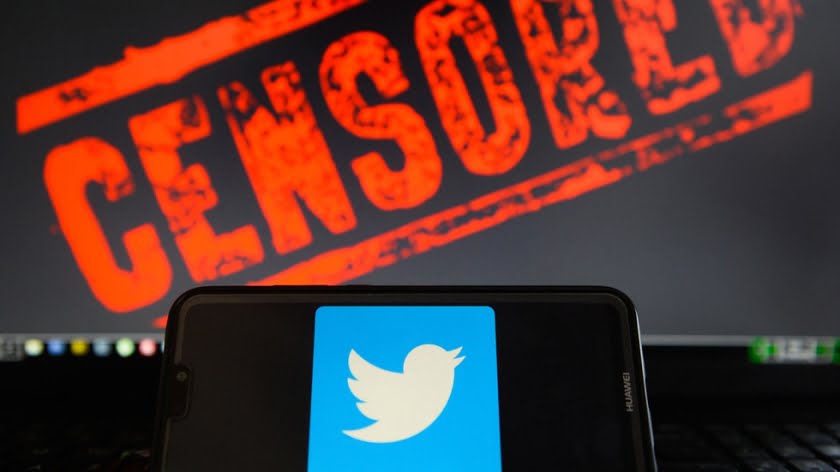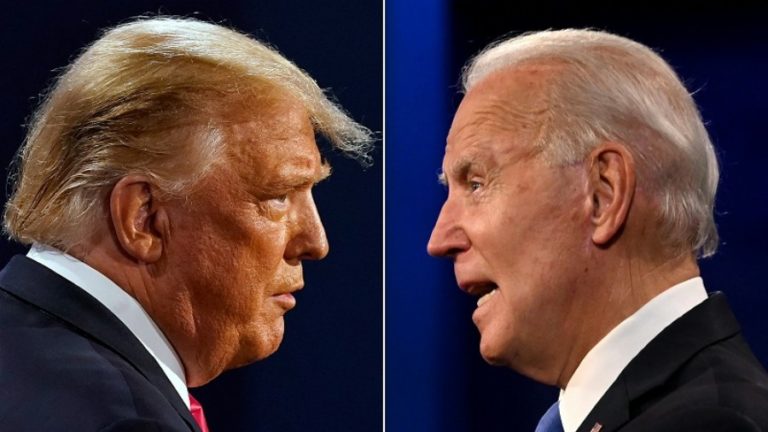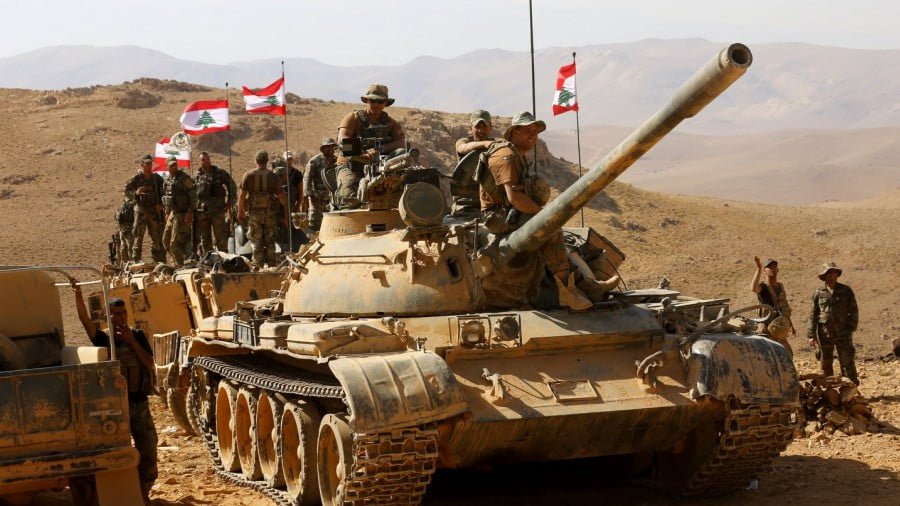Is a ‘Suez’ Event Being Prepared for Syria?
So, the metamorphosis is done. President Trump has finally, fully, shed his 2016 Campaign ‘skin’ of loosely imagining a grand foreign policy bargain that could be the foundation for “WORLD PEACE, nothing less!” as Trump tweeted when imposing sanctions on Iran. We wrote, on 3 August, quoting Prof Russell-Mead, that Trump’s ‘8 May metamorphosis’ (the US exit from JCPOA), constituted a step-change of direction: one that reflected “[Trump’s] instincts, telling him that most Americans are anything but eager, for a “post-American” world. Trump’s supporters don’t want long wars, “but neither are they amenable to a stoic acceptance of national decline”.
It all began, very precisely, with Trump’s ‘8 May metamorphosis’ – which is to say, to the moment when the US president definitively took the Israeli ‘line’: exiting from the Iranian nuclear accord, deciding to sanction and to lay siege to Iran’s economy, and when he endorsed the (old, never materialized) idea of a Sunni ‘Arab NATO’, led by Riyadh, that would confront Shi’a Iran.
In practical terms, Trump’s Art of the Deal geo-strategy, as we now see, became thus transformed into the search for radical US leverage (through weaponising a strong dollar and tariffs) — looking always to the means to force the capitulation of the counter-party. This cannot be rightly termed negotiation: It is rather, more as if the script has been lifted from The Godfather.
But, when Trump unreservedly took the Israeli (or, more properly the Netanyahu) ‘line’, he assumed to himself all ‘the baggage’ that comes with it, too. The 1996 Clean Break document, prepared by a study group led by Richard Perle for Binjamin Netanyahu, meshed the Israeli and US neocon camps into one. And they are still umbilically linked. ‘Team Trump’ now is filled with neocons who are unreserved Iran-haters. And Sheldon Adelson (a major Trump donor, a patron of Netanyahu, and the instigator for the US embassy move to Jerusalem), consequently has been able to implant his ally, John Bolton (a neocon), as Trump’s chief foreign policy advisor.
The Art of the Deal has effectively been neocon-ised into a tool for enlarging American power – and there is nothing of earlier ‘mutual advantage’ to be heard of, or to be seen, these days.
And now, this week, the metamorphosis has been cemented. After the Helsinki summit between Trump and President Putin, there seemed to have opened a small window of opportunity – for co-operation between the two states – to return stability to Syria. Many hoped that from this small terrain of tentative Syria co-ordination, some lessening of tensions between the US and Russia, might have found fertile soil.
Trump said some positive things; the area around Dera’a, in south Syria, was smoothly cleared of insurgents, and was retaken by the Syrian army. Israel did not demur in having the Syrian army as their near neighbours. But then co-operation rather obviously stalled. It is not clear why, but perhaps this was the first sign of power fracturing apart in Washington. The Helsinki ‘understandings’ somehow were melting away (though military-to-military co-ordination continued).
Putin dispatched the head of the Russian Security Council to a meeting with Bolton in Geneva on 23 August, to explore whether there was still any possibility for joint co-operation; and, if so, was such activity politically ‘viable’. But before even that bilateral meeting with a Russian envoy could be held, Bolton – speaking from Jerusalem (from what was billed as a ‘roll-back Iran’ brainstorming with PM Netanyahu) – warned that the United States would respond “very strongly” if forces loyal to Syrian President Bashar al-Assad were to use chemical weapons in the offensive to retake Idlib province (expected to commence early September), claiming that the US had intelligence of the intent to use such weapons in Idlib.
The Russian Defense Ministry spokesman, however, said on August 25 “Militants of Hay’at Tahrir al-Sham (HTS), [trained by a named British company], are preparing to stage a chemical attack in northern Syria that will be used as a pretext for a new missile strike by the U.S., the UK and France – on facilities of the Damascus government”. Russian officials said they had full intelligence on this false flag operation.
What is clear is that since early August the US has been moving a task force (including the USS The Sullivans and USS Ross) into position that would be able to strike Syria, as well as positioning air assets into the US airbase in Qatar. French President Emmanuel Macron too has declared that France was also ready to launch new strikes against Syria, in case of a chemical weapons attack there.
The Turkish newspaper Hurriyet says that the US military is laying the groundwork to close the airspace over northern Syria. US military freighters are reported to have transported radar systems to the city of Kobanî, controlled by the Kurdish militia, and to the US military base in Al-Shaddadah in southern al-Hasakah. Hurriyet claims that the US plans to use these complexes to establish a no-fly zone over the territory between Manbij in Aleppo and Deir ez-Zor. (This claim however, is unconfirmed)
Evidently, Russia takes this US threat seriously (it has deployed 20 naval vessels into the E. Mediterranean, off Syria). And Iran evidently takes the threat seriously, too. The Iranian Defence Minister on Sunday made a rapid unscheduled visit to Damascus in order to agree a tri-partite (Russia, Syria Iran) response to any US attack on Syria.
Then, in the wake of Bolton’s chemical weapons claims, and the pre-positioning of US guided-missile vessels close to Syria, Petrushev and Bolton met. The meeting was a disaster. Bolton insisted that Petrushev admit to Russian interference in the US elections. Petrushev refused. Trump said we have ‘secret’ evidence. Petrushev retorted if that were so, what was the purpose of demanding admission. Bolton said effectively: We sanction you anyway.
Well… not surprisingly, the two were unable to agree on Iranian withdrawal from Syria (which Petrushev put on the table). Bolton not only said flatly ‘no’, but afterwards went public with the Russian initiative to talk possible Iran withdrawal – thus killing it, and killing the initiative as a gambit to leverage further diplomacy. Even the customary, bland, uninformative, final communiqué that is usual in such circumstances, could not be agreed.
The message seems clear: any Helsinki understandings on Syria are dead. And the US is prepared it seems (they have actually moved assets into position) to strike Syria. Why? What is going on?
One obvious element is, that until now, Trump’s hand in all this is not visible. Now, power appears to have fractured in Washington with regard to Middle East policy. The neocons are in the lead. This is very significant, since the slender pillar on which Trump’s rapport with President Putin had been built, was the prospect of US-Russian co-operation over Syria. And that hat seems, now, to be a dead letter.
Lawrence Wilkerson, now a professor, but formerly the Chief of Staff to Secretary of State Colin Powell during the infamous Saddam Hussein’s ‘weapons of mass destruction’ episode says it ‘cold’:
“It has to do… with the return of the Neoconservatives (Neocons)… what is happening today, as Trump is preoccupied increasingly with the considerable, ever-growing challenges to him personally and to his presidency institutionally, is the re-entry into critical positions in the government of these people, the people who gave America the 2003 invasion of Iraq. Even those many of them who declared “Never Trump”—as arch-Neocon Eliot Cohen summed it up—are salivating at the prospect of carrying out their foreign and security policy – while Trump essentially boils in his own corrupt juices.
“A vanguard, of course, is already in our government to beckon, comfort, and re-establish others of their type. John Bolton as national security advisor to the president leads this pack though he’s not, strictly speaking, a card-carrying Neocon …
“Presently, their first and most identifiable target is the unfinished business—which they largely commenced—with Syria and Iran, Israel’s two most serious potential threats. If the Neocons got their way—and they are remarkably astute at getting their way—it would mean a reignited war in Syria and a new war with Iran, as well as increased support for the greatest state sponsor of terrorism on earth, Saudi Arabia”.
Bolton, Pompeo and the neocons have made it abundantly clear that they – at least –have not abandoned ‘regime change’ in Syria, as their objective – and they remain set on delivering somehow a strategic setback to Iran (Bolton has said that sanctions alone, on their own, and without Iran suffering some extra strategic blow, would be insufficient to alter Iranian ‘malign behaviour’).
Whether or not Mattis and Votel are fully on board with Bolton’s “very strong” military reprisal on Syria threat (for alleged chemical weapons use) is not clear. (Mattis succeeded in mitigating the last missile strike by Trump on Syria, and to co-ordinating with Moscow a ‘nil response’ to Trump’s Tomahawk salvo). Will it be the same this time if the US again makes an unsubstantiated (and later unproven) claim of chemical weapons use by the Syrian government?
Will Israel join in any attack – using the pre-text of its self-awarded ‘right’ to attack Iranian forces anywhere in Syria? Given the new strategic ‘fact’ of the Iranian Defence minister’s ‘surprise’ Sunday visit to Damascus to sign a common resolve on countering any such attack on Syria. Will Netayahu ‘bet’ on the Russians not responding to hostile Israeli aircraft entering Syrian airspace?
Who will blink first? Netanyahu? Or will Trump surface from his domestic tribulations sufficiently, to take notice and to say ‘no’?
Whatever happens, Presidents Putin and Xi can ‘read the runes’ of this affair – which is to say that President Trump’s highest officials remain committed, openly, or through ‘false flags’, to defend the American ‘global order’. These officials share a disdain for the Obama administration’s retrenchment and retreat. They want to arrest, and even truncate the rise of America’s rivals, whilst restoring to their former position, those former pillars to U.S. world power: i.e. America’s military, financial, technological and energy, dominance.
Russia is trying to defuse the critical situation by sharing their intelligence with Washington that Tahrir al-Sham (formerly known as al-Nusra), was plotting a chemical attack that would then be misrepresented as another ‘atrocity’ committed by the ‘Syrian regime’. Eight canisters of chlorine have been delivered to a village near Jisr al-Shughur city, and a specially trained group of militants, prepped by a British security company, have also arrived in the area, to imitate a rescue operation to save the civilian ‘victims’. Militants plan to use child hostages in the staged incident, Russian officials say.
But will Washington listen? From the moment that the Syrian or the Iranian ‘regime’ is subjected to a judgement of moral delinquency (irrespective of evidence) – in the context of America’s claim to its own Manifest (moral) Destiny – these ‘regimes’ become transformed from being a temporary, relative adversaries, into an absolute enemy. For, when one is upholding humanity’s ‘destiny’ and seeking “WORLD PEACE, nothing less!”, how can one wage war – unless it is in the name of a self-evident good. What is afoot is not attacking an adversary, but punishing and killing the guilty.
Faced with the radical moral devaluation of the ‘Other’ across western media; and – on the other hand – with the virtue signaling of western good consciousness, can Russia’s rational presentations hope to carry weight? The only fact that might just weigh in the balance is the threat that Russia will use its missile arsenal assembling in the East Mediterranean. But what then?







